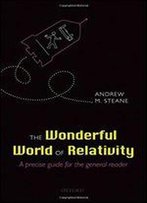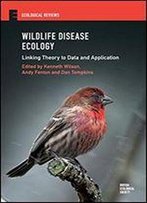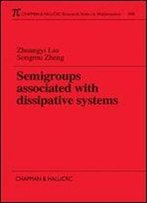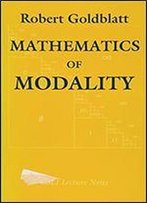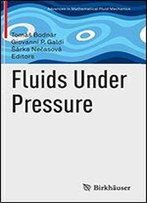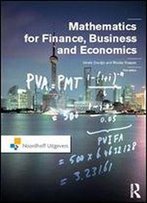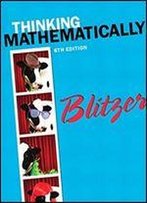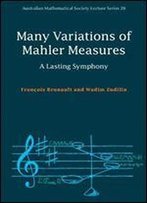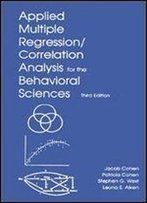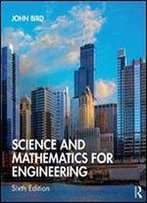
Fundamentals Of Measurable Dynamics: Ergodic Theory On Lebesgue Spaces
by Daniel J. Rudolph /
1990 / English / PDF
3.1 MB Download
This book is designed to provide graduate students and other
researchers in dynamical systems theory with an introduction to the
ergodic theory of Lebesgue spaces. The author's aim is to present a
technically complete account which offers an in-depth understanding
of the techniques of the field, both classical and modern. Thus,
the basic structure theorems of Lebesgue spaces are given in detail
as well as complete accounts of the ergodic theory of a single
transformation, ergodic theorems, mixing properties and entropy.
Subsequent chapters extend the earlier material to the areas of
joinings and representation theorems, in particular the theorems of
Ornstein and Krieger. Prerequisites are a working knowledge of
Lebesgue measure and the topology of the real line as might be
gained from the first year of a graduate course. Many exercises and
examples are included to illustrate and to further cement the
reader's understanding of the material. The result is a text which
will furnish the reader with a sound technical background from the
foundations of the subject to some of its most recent developments.
This book is designed to provide graduate students and other
researchers in dynamical systems theory with an introduction to the
ergodic theory of Lebesgue spaces. The author's aim is to present a
technically complete account which offers an in-depth understanding
of the techniques of the field, both classical and modern. Thus,
the basic structure theorems of Lebesgue spaces are given in detail
as well as complete accounts of the ergodic theory of a single
transformation, ergodic theorems, mixing properties and entropy.
Subsequent chapters extend the earlier material to the areas of
joinings and representation theorems, in particular the theorems of
Ornstein and Krieger. Prerequisites are a working knowledge of
Lebesgue measure and the topology of the real line as might be
gained from the first year of a graduate course. Many exercises and
examples are included to illustrate and to further cement the
reader's understanding of the material. The result is a text which
will furnish the reader with a sound technical background from the
foundations of the subject to some of its most recent developments.
